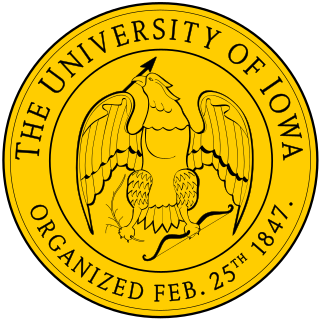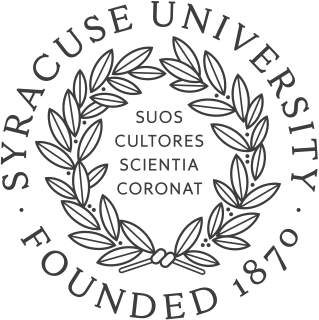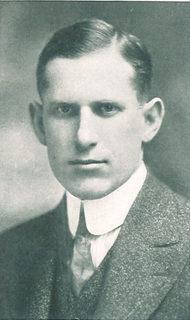
Howard Harding Jones was an American football player and coach who served as the head coach at Syracuse University (1908), Yale University, Ohio State University (1910), the University of Iowa (1916–1923), Duke University (1924) and the University of Southern California (1925–1940), compiling a career record of 194–64–21. His 1909 Yale team and four of his USC teams won national championships. Jones coached USC in five Rose Bowls, winning all of them. Before coaching, Jones played football at Yale (1905–1907), where he played on three national title-winning teams. He was a member of the inaugural class of inductees into the College Football Hall of Fame as a coach in 1951; his younger brother Tad joined him as a member in 1958.
Oze E. "Ozzie" Simmons was an American college football player for the University of Iowa. Nicknamed the "Ebony Eel", Simmons was one of the first black All-American football players in the 1930s.

Alden Arthur Knipe was an American football player and coach. He served as the sixth head football coach at the University of Iowa, serving from 1892 to 1894 and compiling a record of 30–11–4. Knipe was also the first head baseball coach at Iowa, coaching two seasons from 1900 to 1901 and tallying a mark 25–8. Knipe played college football at the University of Pennsylvania. After retiring from coaching, authored numerous books for children.
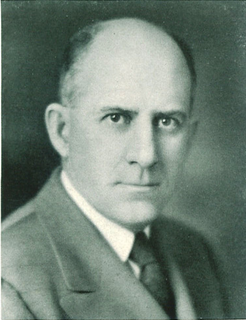
Ira "Irl" Tubbs was an American football player and coach. He served as the head football coach at Superior State Teachers College—now known as the University of Wisconsin–Superior, the University of Miami (1935–1936), and the University of Iowa (1937–1938).

John George "Pink" Griffith was an American football player and coach of football, basketball, and baseball.

Jesse Barnum Hawley was an American football coach, inventor, and president of Hawley Products Company. He served as the head coach at the University of Iowa from 1910 to 1915 and at Dartmouth College from 1923 to 1928, compiling a career college football record of 63–28–1. Hawley was the tenth head coach in Iowa football history and led Dartmouth to a national championship in 1925. In 1935, Hawley invented a tropical shaped, pressed fiber sun helmet that was adopted in 1940 by the United States military. Approximately 250,000 of Hawley's military sun helmets were produced during World War II by Hawley Products Company and the International Hat Company.

Burton Aherns Ingwersen was an American football, basketball, and baseball player and coach of football and baseball. He served as the head football coach at the University of Iowa from 1924 to 1931, compiling a career college football record of 33–27–4. Ingwersen played football, basketball, and baseball at the University of Illinois and was an assistant football coach at the school in two stints totaling 25 seasons. He also served as an assistant football coach at Northwestern University and was the head baseball coach there from 1936 to 1939, tallying a mark of 35–51–1.
Leonard Raffensperger was an American football and basketball player and coach. He served as the head football coach at the University of Iowa for two seasons in 1950 and 1951, compiling a record of 5–10–3. Raffensperger played football and basketball at Iowa and then served as a high school football coach for 21 years before joining the Iowa Hawkeyes football staff as an assistant coach in 1948.

Samuel Clyde Williams was an All-American football player at the University of Iowa, and a football, basketball, and baseball coach and athletic director at Iowa State University. He is a member of both schools' Halls of Fame.
Fred H. Becker was a college football player for the University of Iowa. He was a first team All-American in 1916, the first Hawkeye in any sport to earn first team All-American honors. He died at age 22 1/2 fighting in World War I.

Paul W. Brechler was an athletic director for the University of Iowa for 13 years and the first commissioner of the Western Athletic Conference.
Paul E. Belting was an athletic director for the University of Iowa from 1924 to 1929. He was the third athletic director in school history, and he oversaw the construction of the Iowa Field House in 1927 and Iowa Stadium in 1929.
Edward H. Lauer was an athletic director for the University of Iowa from 1929-1934. He was the fourth athletic director in school history, and he guided the athletic department through a one-month Big Ten suspension from athletic competition and the first few years of the Great Depression.
Willis Charles “Billy” Edson was a football player, lawyer, and politician in Iowa. He was a halfback on the University of Iowa’s Big Ten championship team in 1900 and was the Speaker of the Iowa House of Representatives from 1925-1926.
Walter Leslie "Stub" Stewart was an athlete and coach for the University of Iowa. He earned nine athletic letters at Iowa in football, basketball, and baseball from 1907-1910. Stewart later served as the head coach of Iowa’s basketball and baseball teams from 1910-1912.
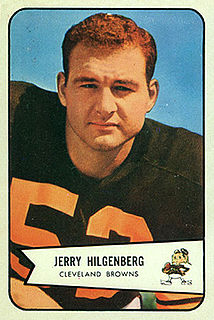
Jerry Hilgenberg was a football player and coach for the University of Iowa. He was a first team All-American in 1953 and served as an assistant coach to the Iowa football team for eight seasons.
Irving John “Stub” Barron was a football player, wrestler, and coach for the University of Iowa. He was captain of the football team in 1915 and a Big Ten Conference champion in wrestling in 1916. Barron was inducted into the University of Iowa Athletics Hall of Fame in 1998.

